-
Starlink satellites are leaking radio signals that may ruin astronomy
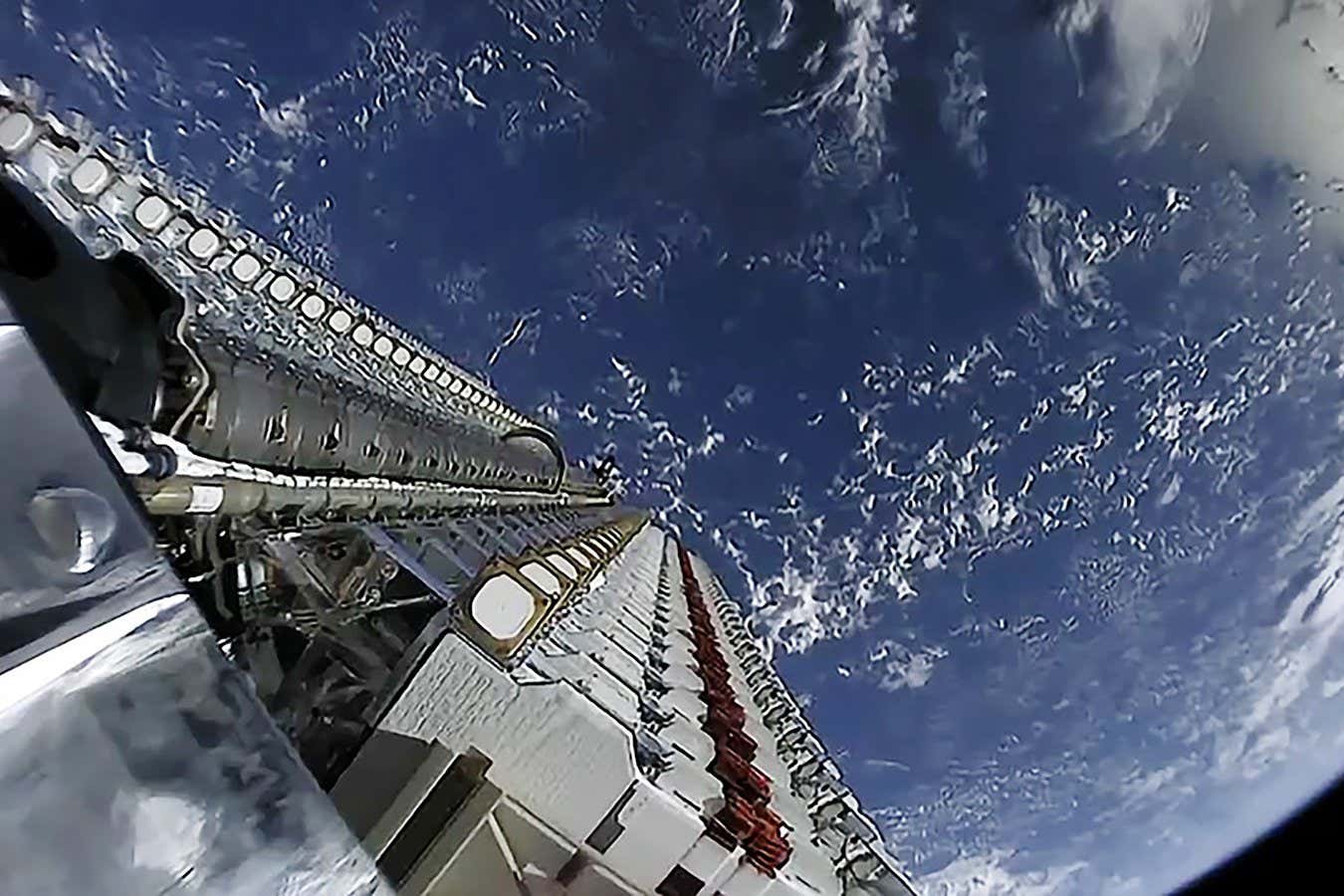
A batch of Starlink satellites launched on a Falcon 9 rocket SpaceX SpaceX’s Starlink satellites are leaking radio waves to such an extent that it could threaten our ability to study and understand the early universe, say astronomers. Interference from the thousands of Starlink satellites in orbit, where they provide a global internet service, has…
-
Astronomers discover 15 new giant radio galaxies — the largest single objects in the universe
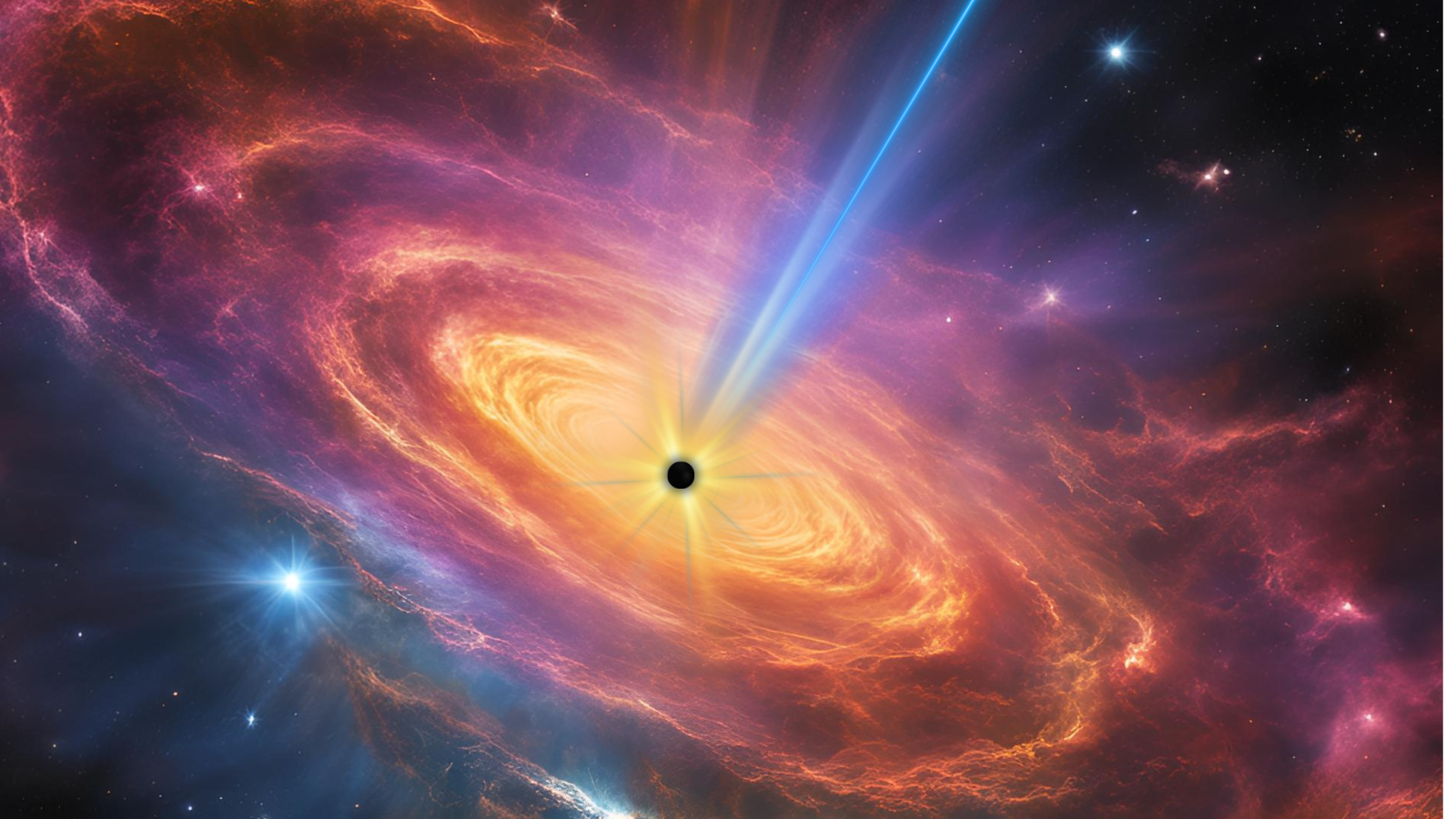
Astronomers have discovered a staggering clutch of 15 new Giant Radio Galaxies within the “Sculptor Field” view of Australia’s Square Kilometer Array Pathfinder (ASKAP) telescope. This is a big deal because Giant Radio Galaxies are the largest single objects in the known universe, each wider than 2.3 million light-years across. These new examples range in…
-
Space photo of the week: James Webb telescope peeks under the brim of a ‘peculiar’ Sombrero
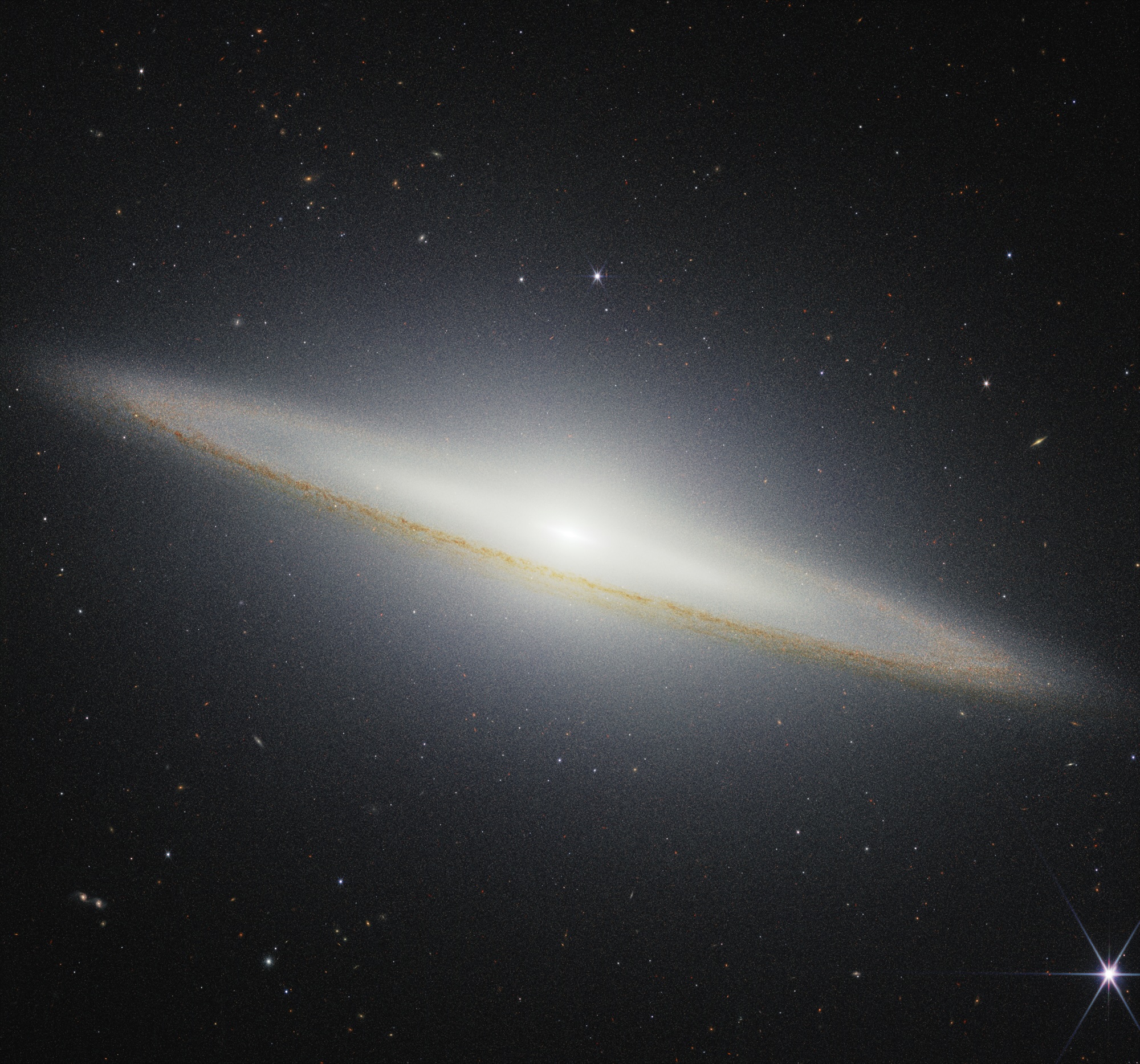
The James Webb Space Telescope’s new image of the Sombrero galaxy, captured using its Near-Infrared Camera. (Image credit: NASA, ESA, CSA, STScI) Sequels are never as good as the originals, right? That certainly doesn’t apply to the James Webb Space Telescope (JWST), whose latest image adds a new dimension of data to its spectacular 2024…
-
Most intricate map of the universe contains nearly 800,000 galaxies stretching back to the dawn of time
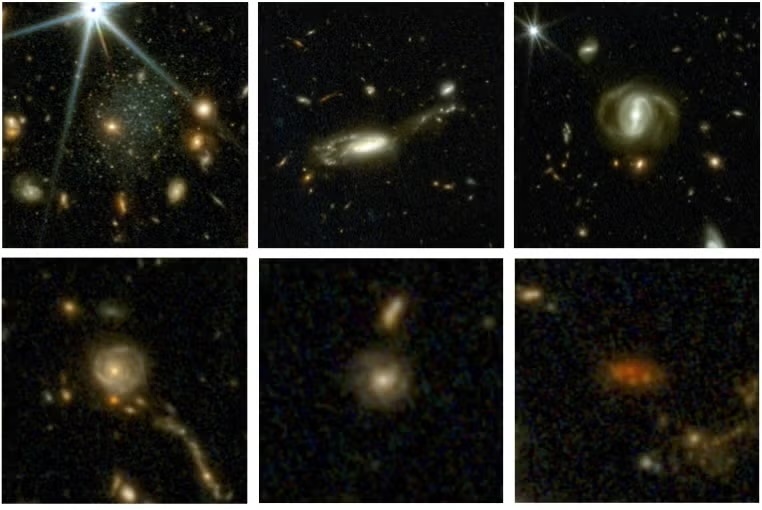
Scientists have unveiled the largest map of the universe ever created. Stretching across a tiny sliver of space and almost all cosmic time, it includes almost 800,000 galaxies imaged across the universe. Some are so far away that they appear as they existed in the infant universe, about 13 billion years ago. The map, released…
-
Astronomers spot biggest explosion in the universe since the Big Bang
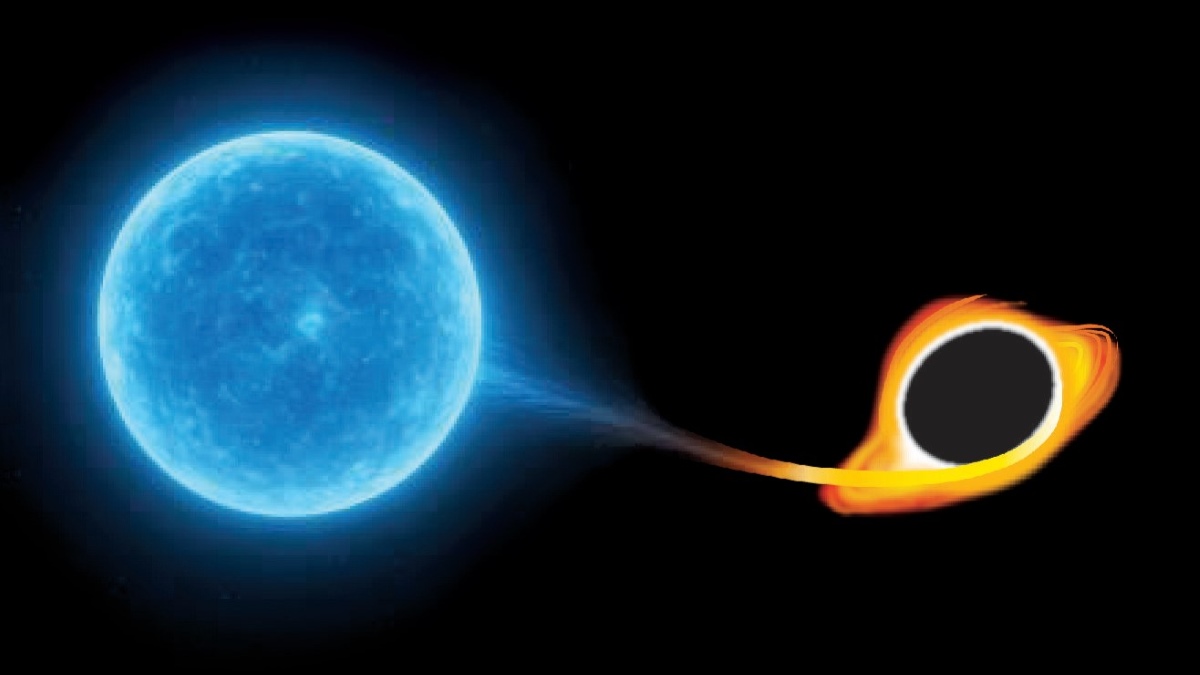
An unlucky massive star approaches a supermassive black hole. Credit: University of Hawaiʻi. Astronomers have seen a rare, extremely energetic explosion when stars at least 3 times bigger than the Sun wandered too close to a supermassive black hole. The result was an unprecedented cosmic explosion. This type of event has been observed for the…
-
Vast cosmic voids are far from empty — they’re hiding something dark
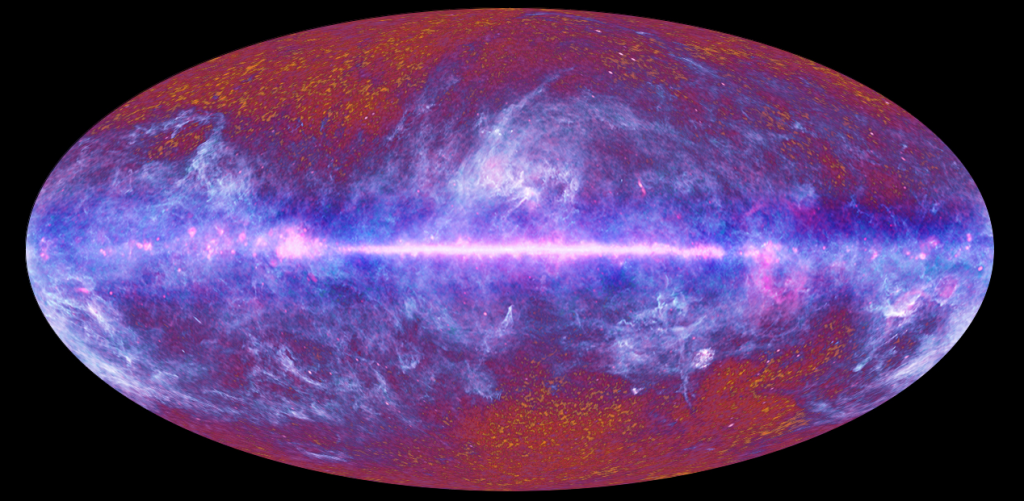
At the very largest scales, galaxies are not scattered around randomly. Instead, they form a pattern called the cosmic web. In fact, this is the largest pattern found in nature, with galaxies clumping together to form clusters, stringing themselves along filaments that stretch tens of millions of light-years on a side, and extending along broad…
-
Japan’s ispace suffers second lunar landing failure
Lunar loss: ispace’s Hakuto-R Mission 2 – dubbed Resilience – has failed to land on the Moon (courtesy: ispace) The Japanese firm ispace has suffered another setback after its second attempt to land on the Moon ended in failure yesterday. The Hakuto-R Mission 2, also known as Resilience, failed to touch down near the centre…
-
A hidden ‘super-Earth’ exoplanet is dipping in and out of its habitable zone
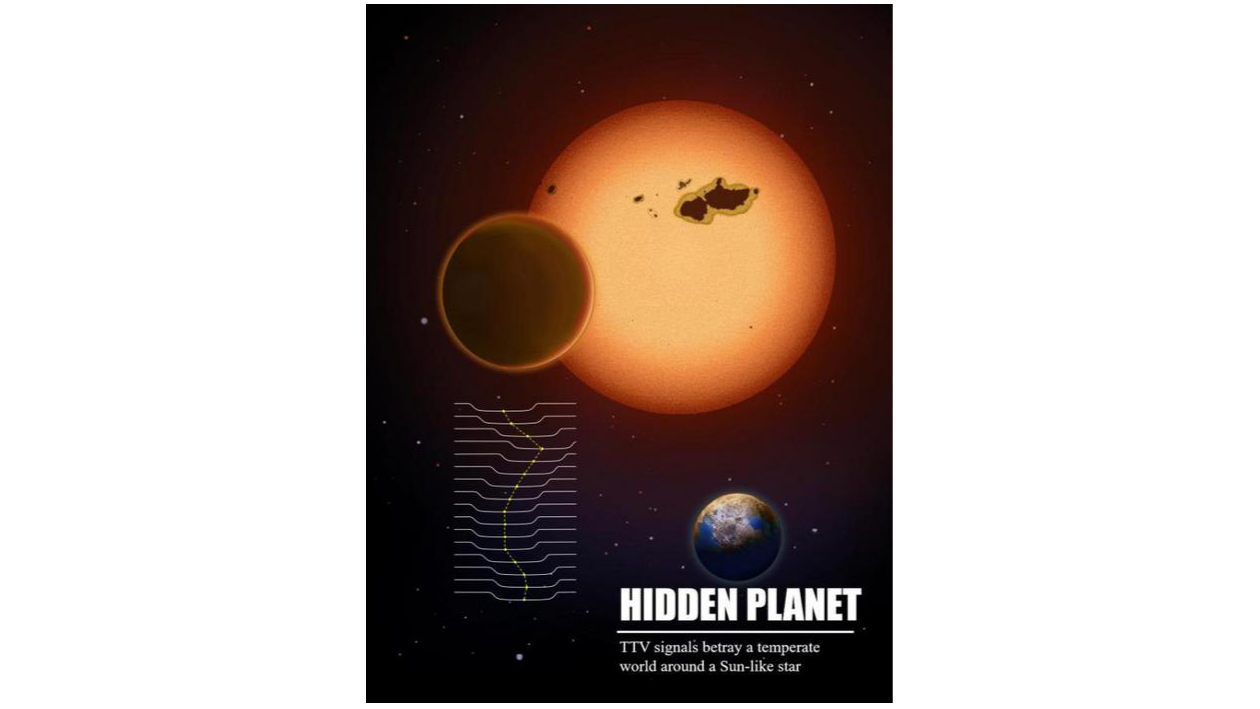
A huge “super-Earth” with an extreme climate that results in it being habitable for only part of its orbit has been discovered orbiting a star 2,472 light years away. And the most remarkable thing is, it was discovered without even being directly detected. The discovery of the exoplanet, a super-Earth called Kepler-735c, is all down…
-
Peeking Through Space Dust to See How the Ancient Universe Formed
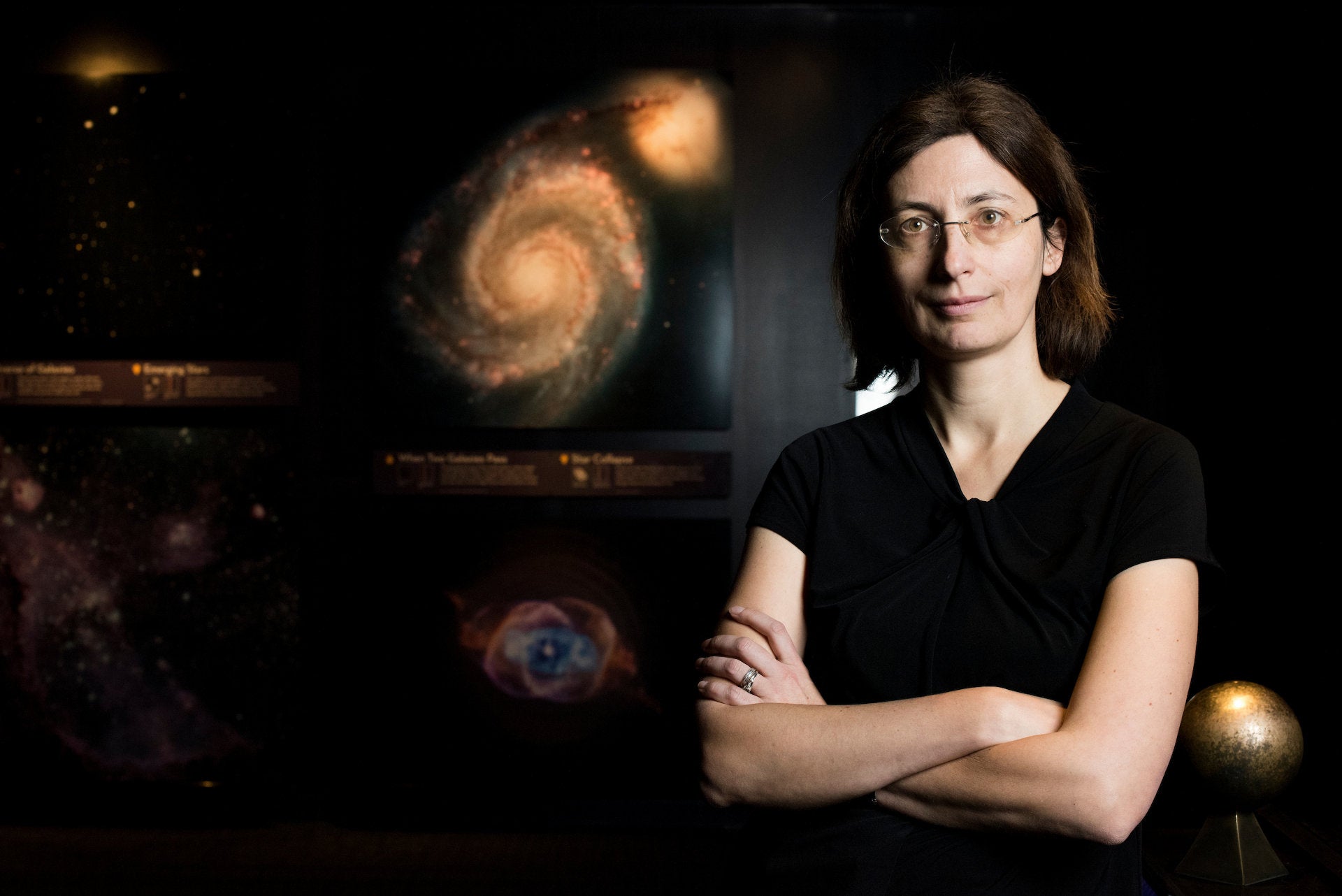
When astronomers look at distant objects—far away in both space and time—all too often, dust gets in their eyes. Well, not eyes, exactly—in their telescopes’ line of vision. It’s hard to take a close look at a galaxy formed, say, some five billion years ago, because there’s a lot of particulate matter floating in the…
-
James Webb Space Telescope reveals largest-ever panorama of the early universe
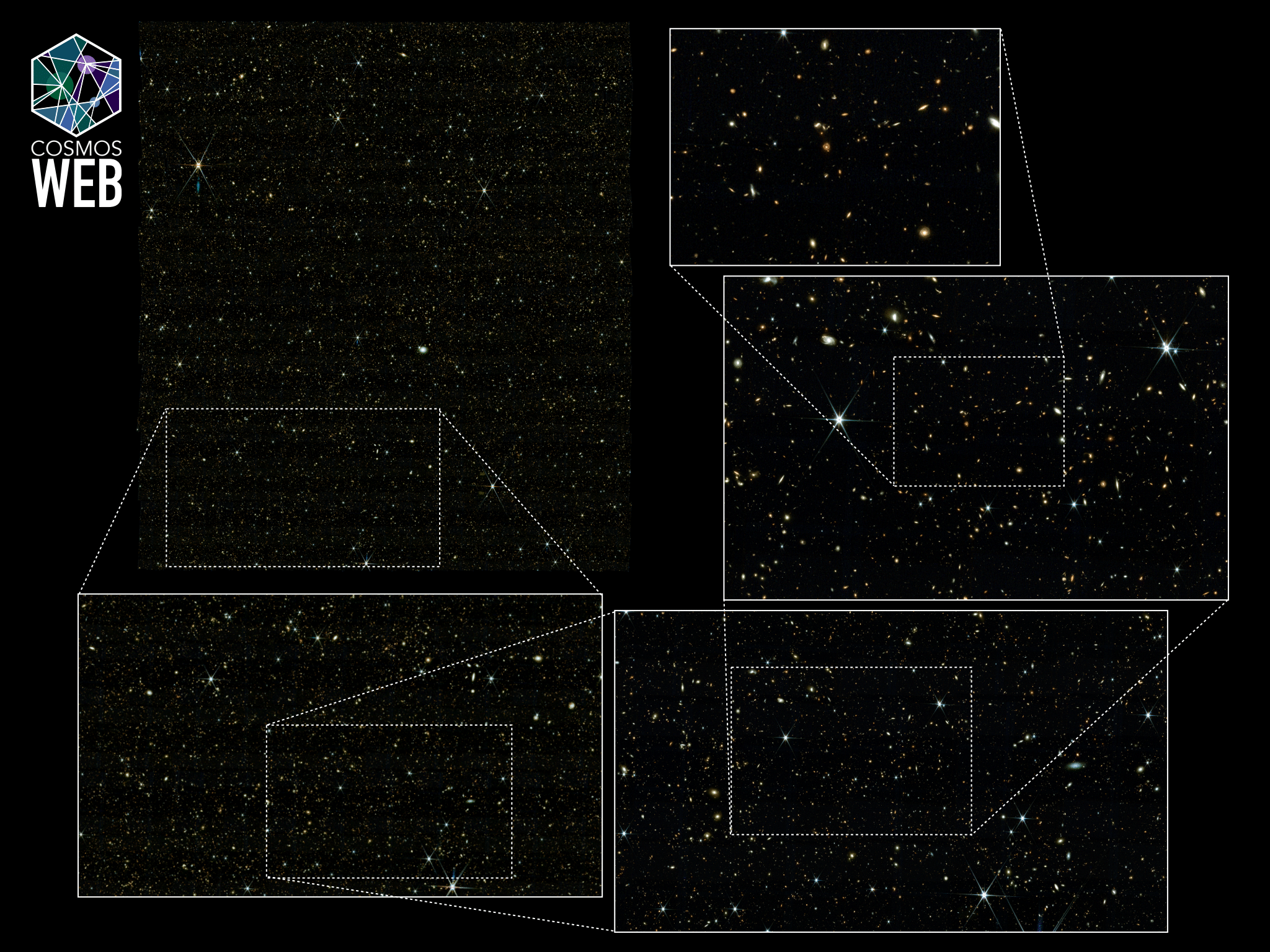
Astronomers using the James Webb Space Telescope (JWST) have unveiled the largest map of the early universe to date, a sweeping cosmic panorama that offers seasoned scientists and curious stargazers alike a front-row seat to the ancient cosmos. The images come from COSMOS-Web, the largest observing program the James Webb Space Telescope undertook in its…